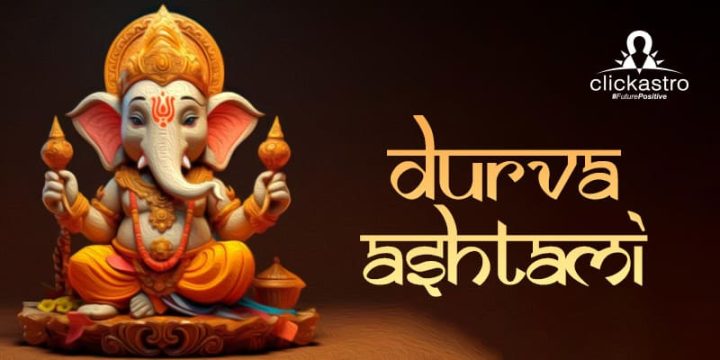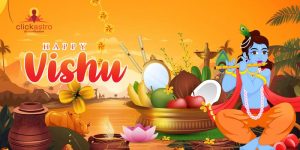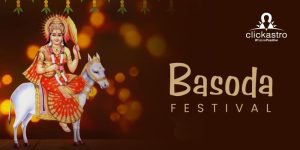Contents[hide]
Introduction
Durva Ashtami is a unique and deeply revered festival devoted to the veneration of Durva grass, a sacred element in worship rituals. This festival is celebrated on the eighth day, or ‘Ashtami,’ during the Shukla Paksha, the bright fortnight of the lunar month of Bhadrapada.The 2024 Durva Ashtami is on Wednesday, September 11.Durva Ashtami symbolizes prosperity, purity, and the fulfilment of desires. Observed with great devotion and enthusiasm, especially in the eastern regions of India such as West Bengal, where it is locally known as ‘Durvashtami Brata,’ this festival plays a vital role in the cultural and religious fabric of the community. Women, in particular, partake in the rituals with deep reverence, seeking blessings for the well-being of their families.
Significance of Durva Grass
Durva grass is a sacred element in worship rituals. Its immense religious significance is deeply intertwined with ancient myths and spiritual practices. The name ‘Durva’ itself is derived from the Sanskrit words ‘duhu’ and ‘avam,’ which together signify the presence of pure spiritual particles of the deity that the grass is believed to attract. This sacred grass, characterized by its three distinct blades, symbolizes the three primal principles of Ganesha (primal intelligence), Shakti (primal energy), and Shiva (primal consciousness). These principles form the core of worship, and Durva grass serves as a powerful medium to connect devotees with these divine energies. The sacredness of Durva grass is not merely symbolic but is also deeply rooted in ancient legends. One of the most prominent legends associated with Durva grass dates back to the time of the Samudra Manthan, the churning of the ocean by the Devas (gods) and Asuras (demons) in their quest for ‘Amrit,’ the nectar of immortality. During this cosmic event, Lord Vishnu assumed the form of a giant turtle to support Mount Mandara, which was used as a churning rod. As the mountain was being churned, a few strands of hair from Lord Vishnu’s arm fell to the ground and transformed into Durva grass. This transformation is considered divine, marking the grass as a sacred entity in spiritual tradition. The significance of Durva grass was further elevated when, during the Samudra Manthan, drops of ‘Amrit’ spilt onto the grass. This divine nectar imbued the Durva grass with immortality and auspiciousness, making it an essential offering in rituals, especially those dedicated to Lord Ganesha. The grass is believed to possess the power to fulfil the desires of those who worship it, granting them prosperity, purity, and spiritual elevation. Thus, Durva grass is not only a symbol of divine connection but also a key element in rituals that seek the blessings of the deities, particularly Ganesha, who is intimately associated with it.The Legend of Analasura and Lord Ganesha
The legend of Analasura and Lord Ganesha is a powerful tale that highlights the importance of Durva grass in worship rituals. Analasura was a fearsome demon notorious for wreaking havoc in the heavens by spewing fire from his eyes, burning everything in his path and causing widespread destruction. The terrified gods, unable to withstand his fiery onslaught, sought refuge in Lord Shiva, who advised them to approach Lord Ganesha, the remover of obstacles and protector of the universe.
Upon hearing their plea, Lord Ganesha assured the deities that he would put an end to Analasura’s reign of terror. Ganesha engaged the demon in a fierce battle, during which Analasura unleashed his fiery powers. Realizing that the only way to save the world was to eliminate the demon, Ganesha swallowed Analasura whole. However, this act brought about severe consequences for Ganesha himself.
The demon’s fiery nature caused an intense, unbearable heat to build up inside Ganesha’s body, putting him in great distress.In an attempt to relieve Ganesha from this torment, several gods came to his aid. Indra, the king of the gods, placed the cool moon on Ganesha’s head, hoping to soothe the burning sensation. Vishnu, the preserver, offered Ganesha a lotus flower, symbolizing peace and tranquillity, while Varuna, the god of water, showered Ganesha with rain to extinguish the internal fire. Despite these efforts, the heat inside Ganesha’s body persisted, leaving the gods desperate for a solution. It was then that 88,000 sages, realizing the power of Durva grass, gathered to perform an Archana (ritual worship) using 21 blades of Durva grass each. The sages’ devotion and the sacred properties of Durva grass worked a miracle. As they offered the grass to Ganesha, the intense heat began to dissipate, and Ganesha was finally relieved from his suffering. Grateful for the relief, Ganesha declared that henceforth, Durva grass would hold a special place in his worship. Devotees who offered Durva grass to him would be blessed with prosperity, peace, and the fulfilment of their desires. This legend not only underscores the spiritual potency of Durva grass but also solidifies its importance in rituals dedicated to Ganesha. It is a testament to the belief that Durva grass, with its cooling and purifying properties, has the power to alleviate suffering and bring divine blessings. Ganesh Chaturthi 2024 – Significance of Vinayaka Chaturthi







